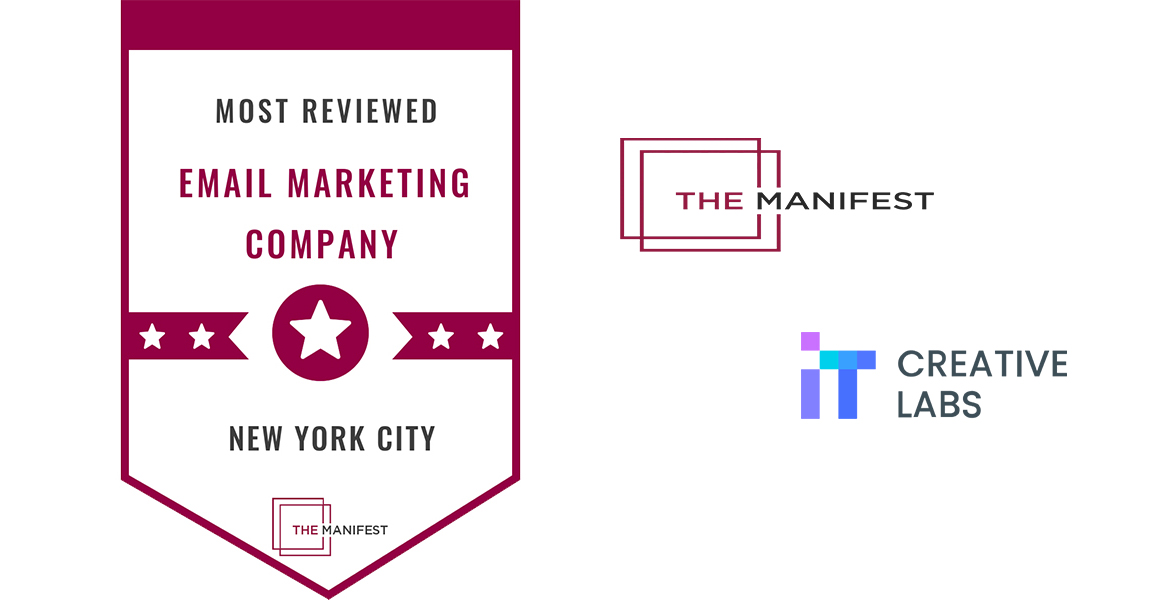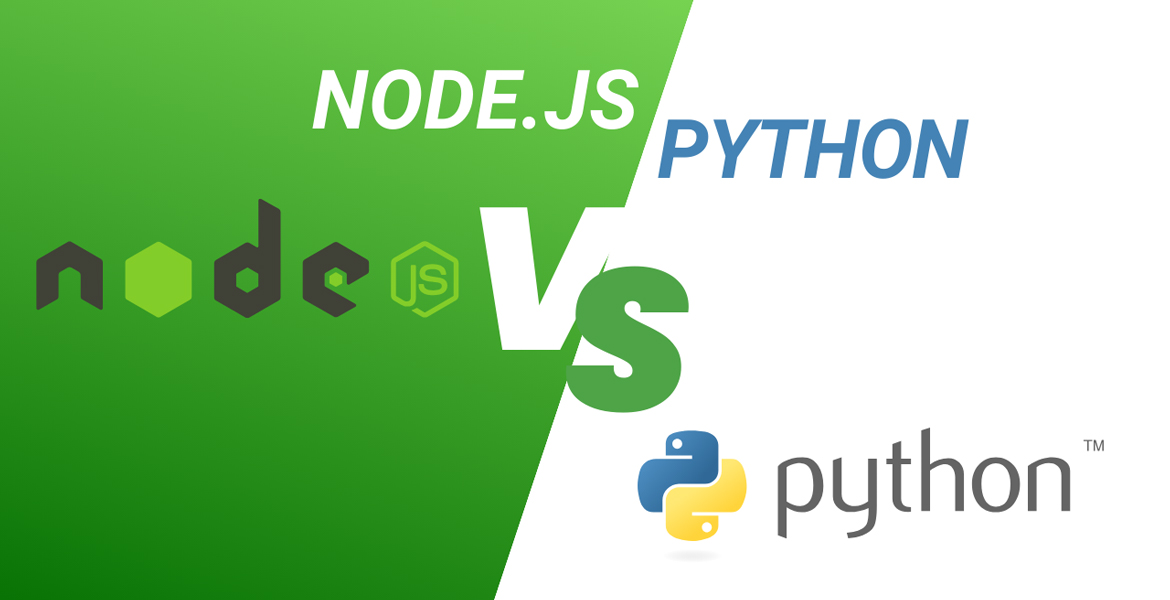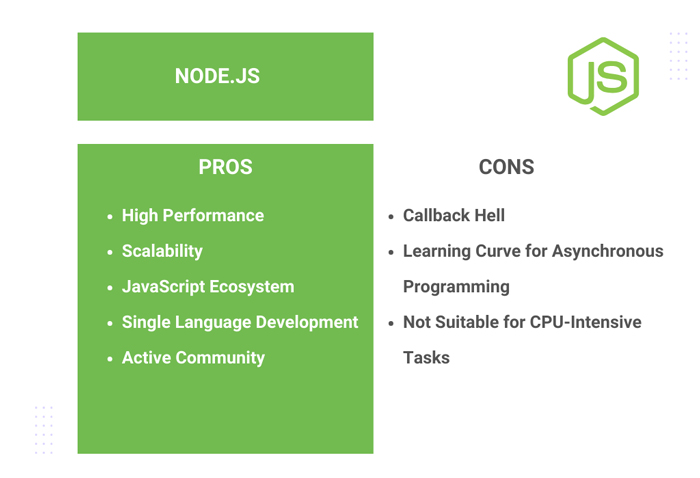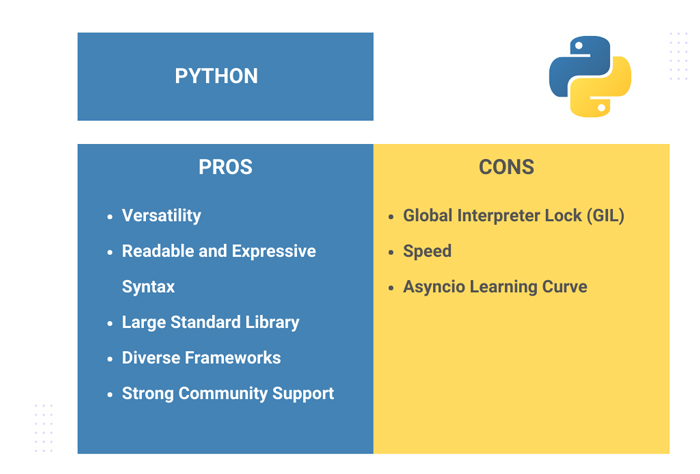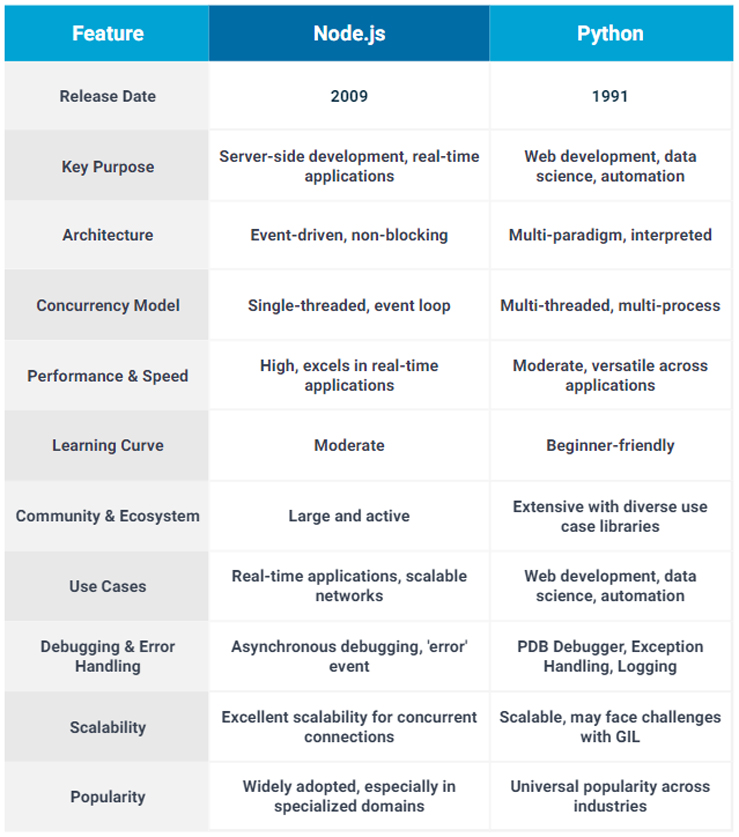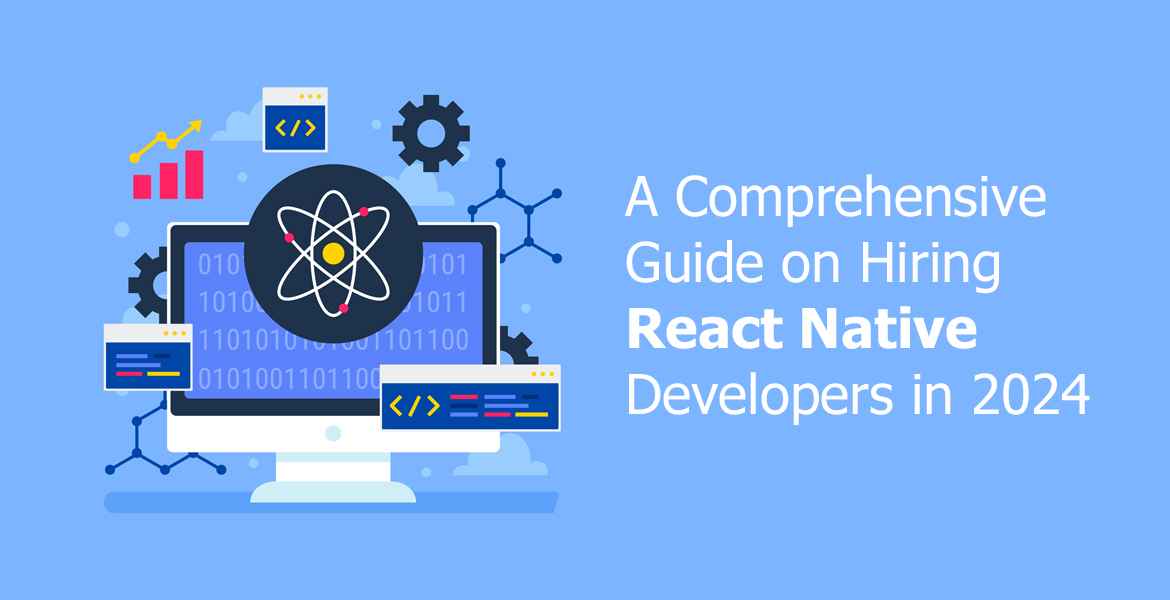The integration of Artificial Intelligence (AI) revolutionizes traditional project management practices. AI technologies are reshaping how teams plan, execute, and deliver projects by leveraging advanced algorithms and data-driven insights.
This article explores the profound impact of AI on project management, redefining efficiency, decision-making, and collaboration in modern workflows.
Table of Contents
- Defining AI in Project Management
- AI-Powered Task Management
- Enhanced Resource Management
- Risk Prediction and Management
- Collaboration and Communication
- Project Forecasting
- Cost Optimization
- AI in Agile Project Management
- Conclusion
- Project Management Services from IT Creative Labs
Defining AI in Project Management
AI in project management refers to the application of machine learning, natural language processing, and predictive analytics to streamline project workflows and enhance productivity.
AI technologies are deployed across various stages of the project lifecycle to augment human capabilities and address challenges inherent in modern project environments.
In next sections, we will explore how AI is used in project management through various tools.
AI-Powered Task Management
AI revolutionizes task management by introducing automation and intelligence into the allocation, scheduling, and prioritization of project tasks.
AI algorithms can analyze project requirements, team member skills, and workload patterns to automatically assign tasks. By considering historical data and individual capabilities, AI optimizes task distribution for efficiency and balanced workloads. This automation reduces administrative overhead and ensures tasks are allocated strategically.
AI also enhances project scheduling by factoring in dependencies, resource constraints, and critical path analysis. Machine learning algorithms predict task durations and adjust schedules dynamically based on real-time data and changing priorities.
Enhanced Resource Management
Traditional resource allocation often relies on manual assessments and historical data, which can be time-consuming and prone to human error. AI transforms this process by leveraging advanced algorithms to analyze complex data sets and make data-driven decisions.
AI-enabled resource allocation considers various factors such as project timelines, task dependencies, resource availability, and individual skill sets. Machine learning algorithms identify optimal resource combinations for different project phases, ensuring that the right people are assigned to the right tasks at the right time.
Key Benefits of AI-driven resource allocation:
- Efficiency: AI automates resource assignment, saving time and effort for project managers.
- Optimization: AI maximizes resource utilization by matching skills and availability with project needs.
- Adaptability: AI adjusts resource allocations in real-time based on evolving project requirements or unexpected changes.
- Cost Savings: By optimizing resource usage, AI helps reduce project overheads and improve budget efficiency.
Risk Prediction and Management
AI excels in analyzing large volumes of data and identifying patterns that human analysts might overlook. In the context of risk assessment, AI can evaluate historical project data, industry trends, and external factors to identify potential risks.
AI-driven risk assessment involves the following steps:
- Data Collection: AI gathers data from multiple sources, including project documents, historical records, market data, and external databases.
- Data Analysis: AI algorithms analyze the collected data to identify patterns, correlations, and potential risk indicators.
- Risk Identification: Based on the analysis, AI generates risk profiles and categorizes potential threats to the project’s success.
- Risk Prioritization: AI assigns risk scores or probabilities to prioritize threats based on their potential impact and likelihood.
By leveraging AI for risk assessment, project teams gain a comprehensive understanding of potential risks, enabling them to develop proactive mitigation strategies.
AI not only identifies risks but also assists in developing and implementing proactive mitigation strategies. By integrating AI insights into risk management processes, project teams can adopt the following proactive approaches:
- Real-Time Monitoring: AI continuously monitors project data and external factors, providing early warnings for emerging risks.
- Scenario Analysis: AI simulates different scenarios based on potential risk factors, allowing teams to anticipate and prepare for various outcomes.
- Automated Alerts and Recommendations: AI-powered systems can generate automated alerts and recommend mitigation actions based on detected risks.
- Dynamic Risk Response: AI enables dynamic adjustments to risk responses based on changing project conditions or new information.
Collaboration and Communication
Effective collaboration and communication are essential for project success, especially in today’s distributed work environments. Artificial Intelligence offers innovative tools and capabilities that facilitate seamless communication and productivity, even in remote settings.
Task management platforms such as Asana or Trello leverage AI to automate task allocation and prioritization. By analyzing project requirements, team availability, and workload, these tools ensure efficient task assignments, optimizing productivity across the team.
Virtual meeting platforms such as Zoom, Microsoft Teams, or Google Meet enhance remote collaboration with AI-driven features like background noise reduction, auto-transcription, and virtual backgrounds, improving the quality of remote meetings.
AI-writer services like Eduwriter are designed to provide you with a original and unique content on the topic you give. The tool has state-of-the-art security to keep your data safe, from acquisition to processing and storage. Eduwriter tool produces excellent text for professionals for free.
Lastly, collaborative analytics platforms like Tableau or Power BI leverage AI to visualize project data and generate actionable insights, enabling teams to make informed decisions and monitor project performance in real-time.
Project Forecasting
AI leverages advanced data analytics and machine learning to enhance project forecasting accuracy. By analyzing historical project data, AI identifies patterns, trends, and potential risks that may affect project timelines and resource requirements. This data-driven approach enables project managers to make informed decisions and anticipate challenges before they arise.
For example, AI can analyze past project performance metrics, such as task completion rates, resource utilization, and external factors like market conditions or regulatory changes. Based on this analysis, AI develops predictive models that forecast future project outcomes with greater precision. These insights empower project teams to proactively allocate resources, adjust timelines, and mitigate risks, ultimately improving project forecast accuracy.
Cost Optimization
Through real-time monitoring and predictive analysis, AI helps project managers make data-driven decisions to control costs and maximize budget efficiency.
For instance, AI can optimize resource allocation by matching project requirements with team capabilities and budget constraints. By analyzing supplier performance data and market trends, AI identifies cost-saving opportunities in procurement and supplier management. This includes negotiating favorable terms and streamlining procurement processes to reduce costs without compromising project quality.
In practical terms, imagine a construction project where AI analyzes project plans, resource availability, and supplier performance. AI identifies opportunities to optimize material procurement, streamline equipment usage, and negotiate better contracts with suppliers. These AI-driven strategies result in significant cost savings while ensuring project timelines and quality standards are met.
AI in Agile Project Management
Agile project management is all about flexibility, collaboration, and continuous improvement. In this dynamic approach to project execution, Artificial Intelligence offers innovative tools and insights that enhance adaptability and efficiency throughout the project lifecycle.
Agile Adaptation with AI Tools
AI tools facilitate agile adaptation by automating routine tasks and providing real-time insights that empower agile teams to respond quickly to changing requirements.
Imagine an agile development team using AI-driven task boards and kanban systems. These tools automate task allocation, progress tracking, and backlog management, streamlining agile workflows and enabling seamless collaboration among team members. Virtual assistants powered by AI facilitate real-time communication, allowing team members to exchange information and updates effortlessly.
Moreover, AI’s predictive analytics capabilities enable agile teams to anticipate project outcomes and identify potential risks or bottlenecks early in the process. By harnessing AI insights, agile teams can adjust priorities, optimize resource allocation, and ensure continuous delivery of value to stakeholders in iterative cycles.
Continuous Improvement with AI Insights
AI-driven insights fuel continuous improvement within agile projects by providing actionable data that guides decision-making and process optimization.
For instance, AI monitors team performance metrics, sprint velocity, and progress against project goals in real-time. These insights enable agile teams to conduct data-driven retrospectives, identify areas for improvement, and implement process enhancements to optimize productivity and delivery efficiency.
In the context of agile software development, AI automates testing and quality assurance processes, enabling continuous integration and delivery (CI/CD). By leveraging AI for automated testing, agile teams can detect defects early, iterate rapidly, and deliver high-quality software in shorter development cycles.
Example of AI-enabled Agile Improvement
Consider an agile development team using AI to analyze sprint data and identify recurring issues affecting delivery timelines. Based on AI insights, the team implements process improvements, adjusts task priorities, and optimizes resource allocation to enhance productivity and delivery efficiency in subsequent sprints.
Conclusion
In summary, AI empowers agile project management by enabling automation, enhancing collaboration, and driving continuous improvement. By integrating AI tools and insights into agile practices, project teams can navigate complexity, mitigate risks, and achieve iterative success in delivering value to stakeholders within dynamic project environments.
Project Management Services from IT Creative Labs
Are you looking to streamline your project workflows and achieve greater efficiency in your IT projects? Look no further than IT Creative Labs for comprehensive project management services tailored to your organization’s needs.
At IT Creative Labs, we leverage cutting-edge technologies to optimize project planning, execution, and delivery. Our experienced project management team specializes in project management audit, consulting, staffing, and more. Learn more about our tailored project management solutions here.
Additionally, if you’re a seasoned project manager looking to upgrade your skills or a newcomer seeking to enter the field, our IT PM training course equips you with the knowledge and tools needed to succeed. Register now!





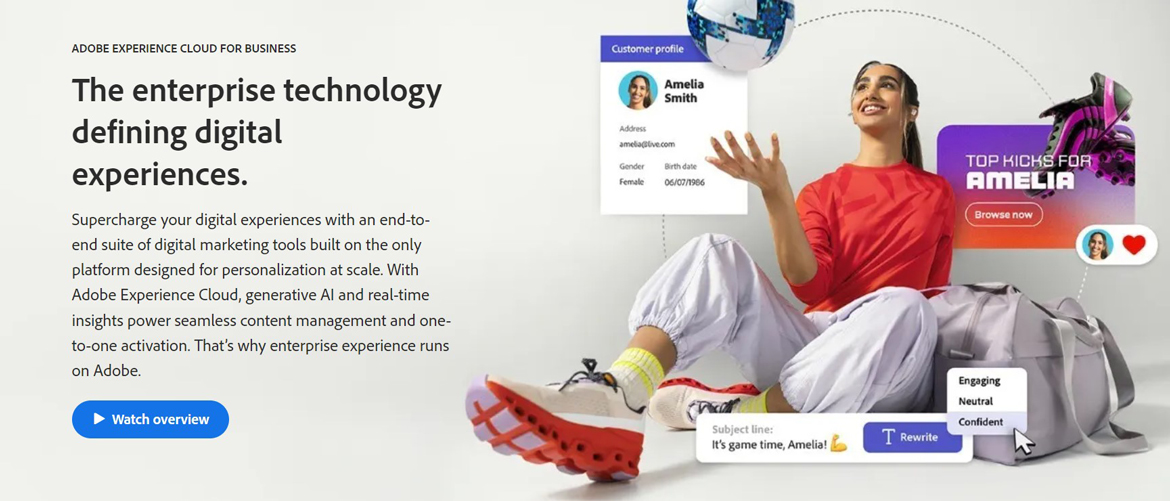
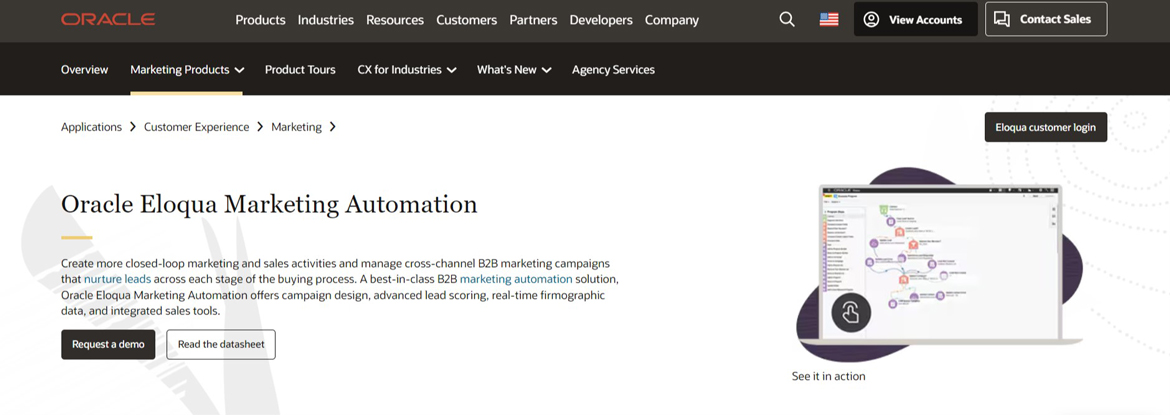

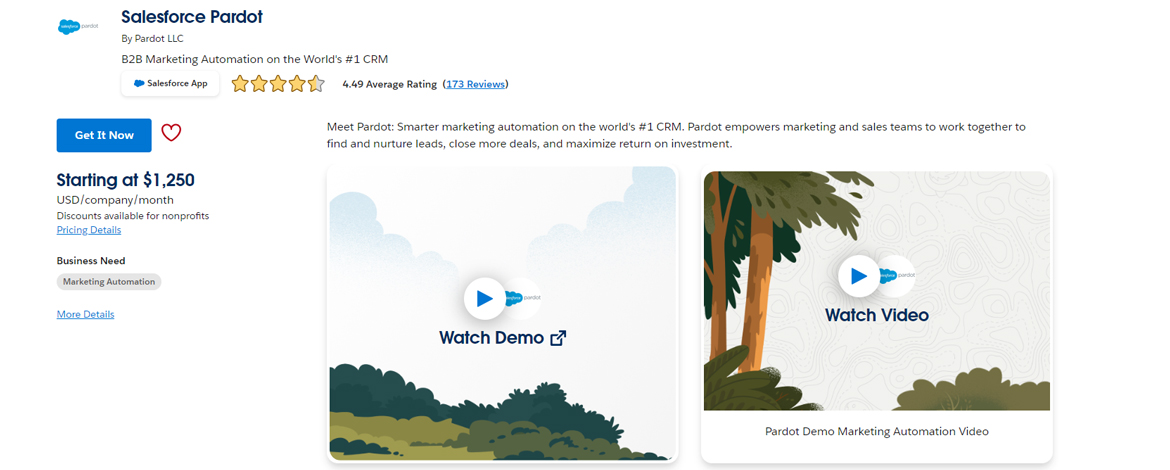

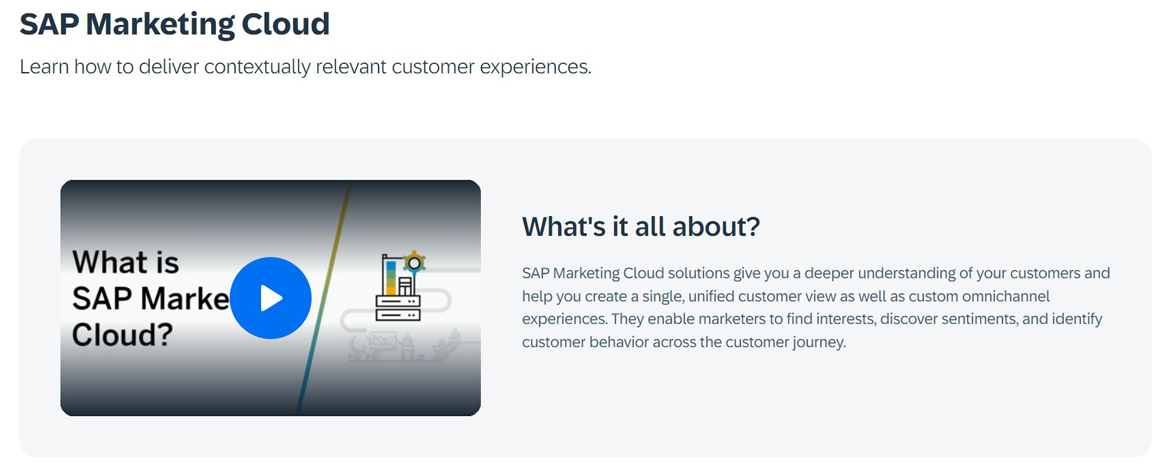

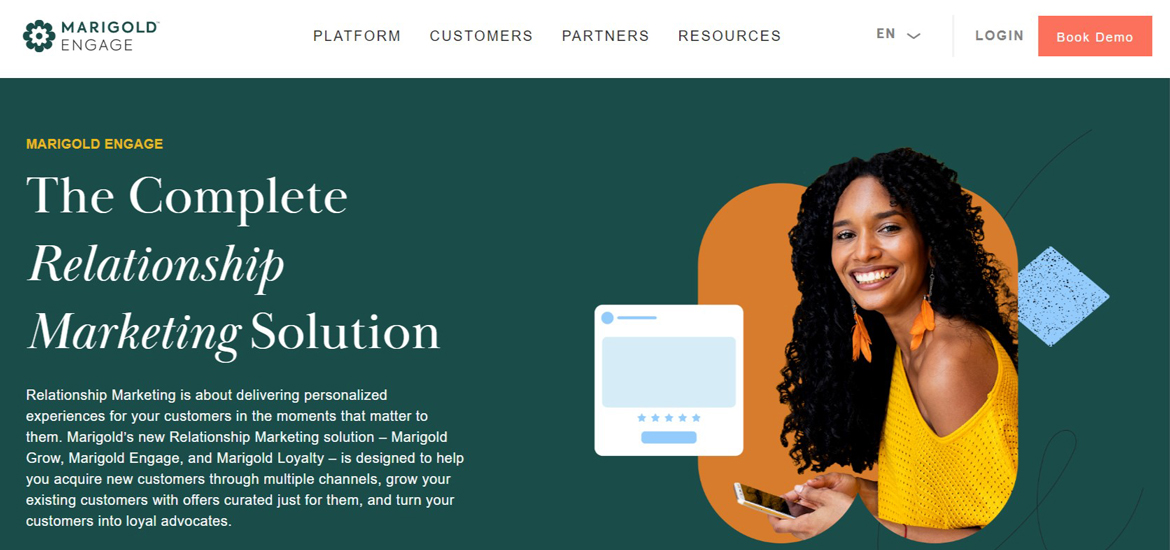
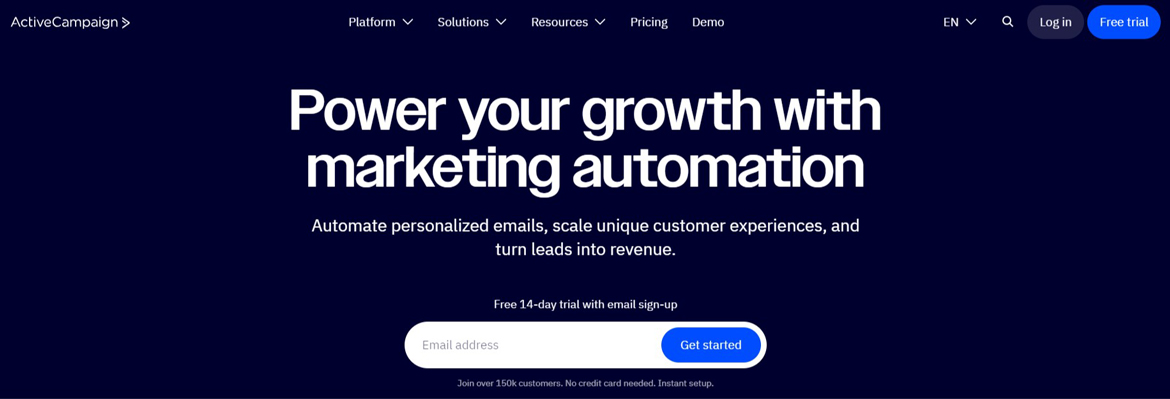

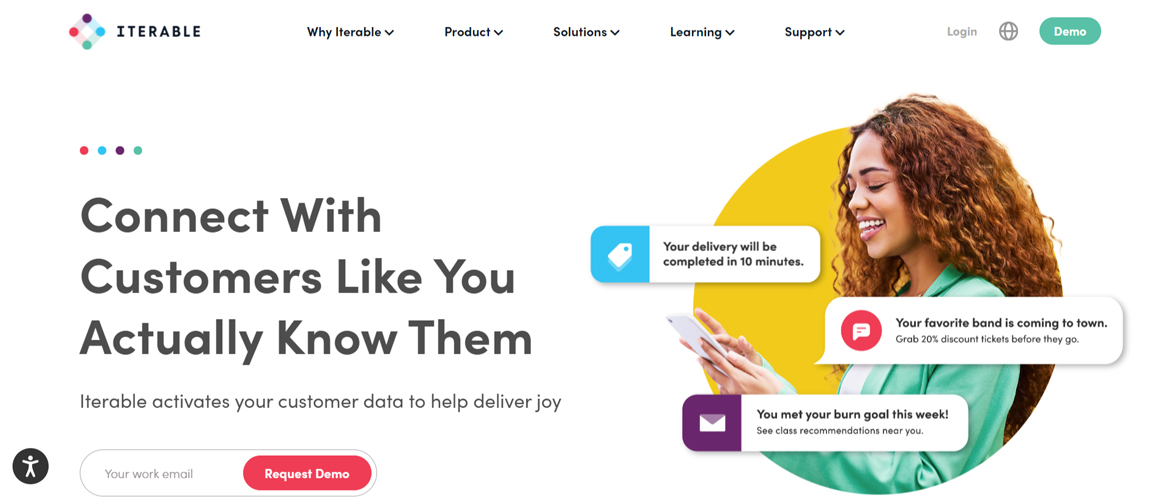
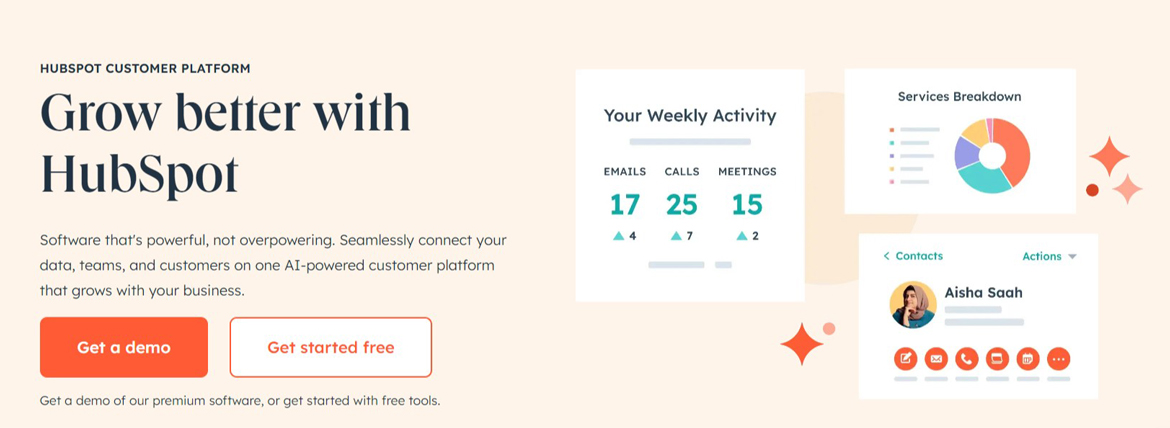
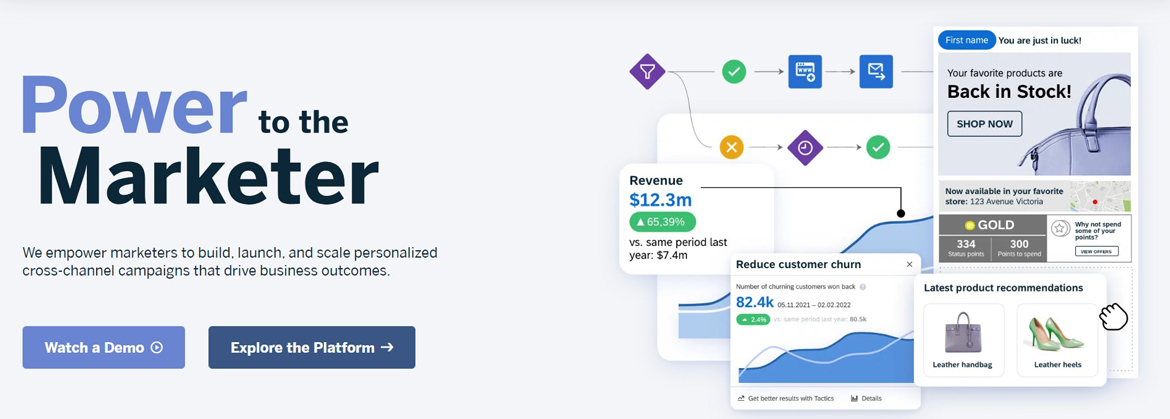
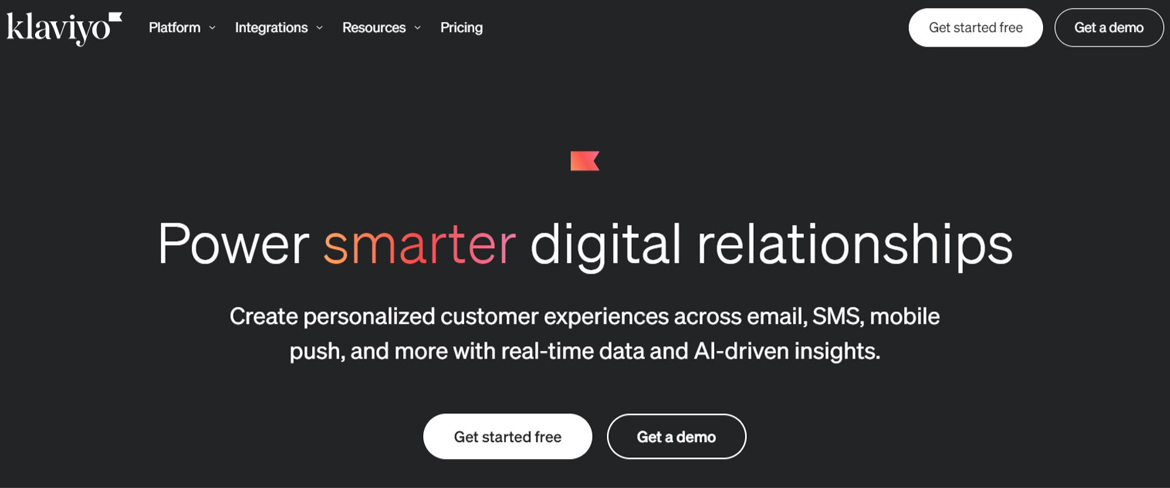

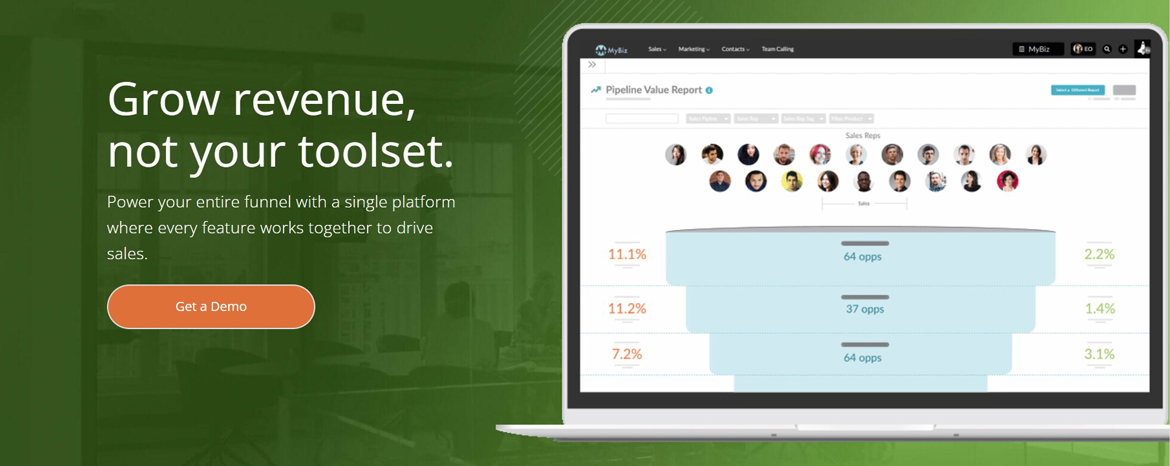
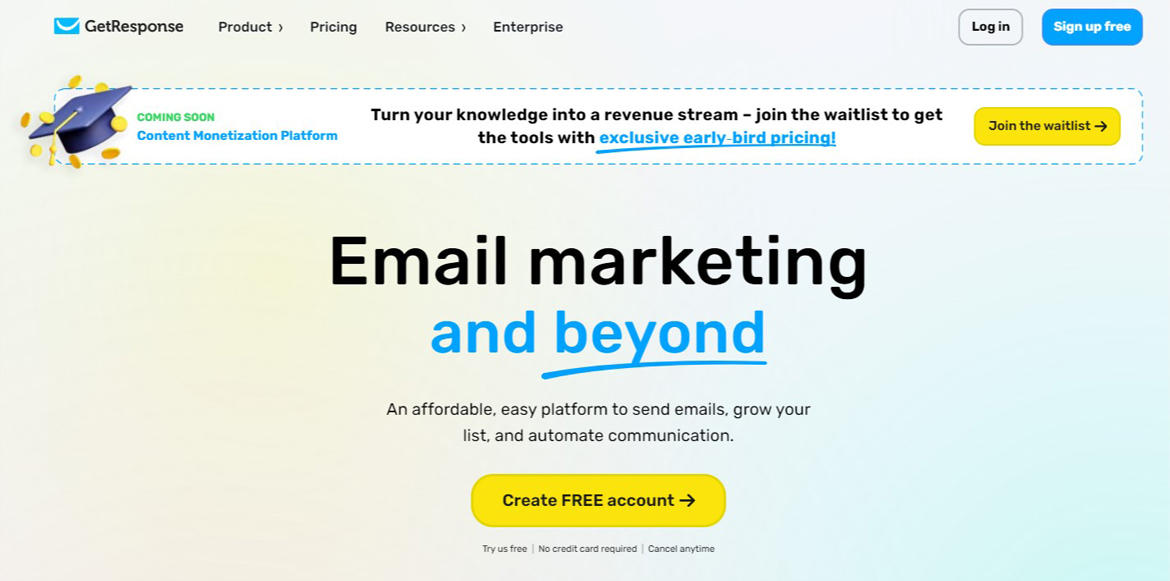

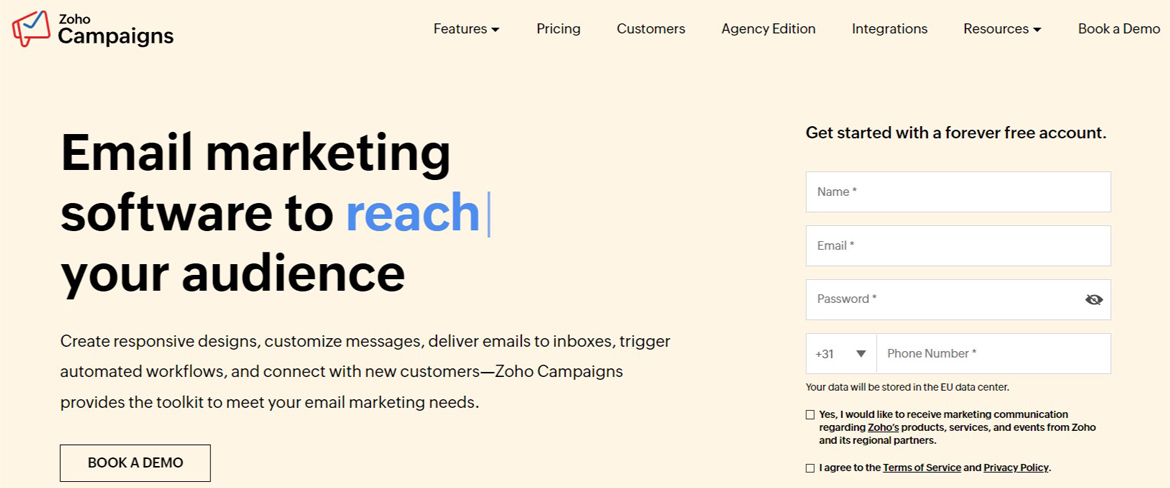

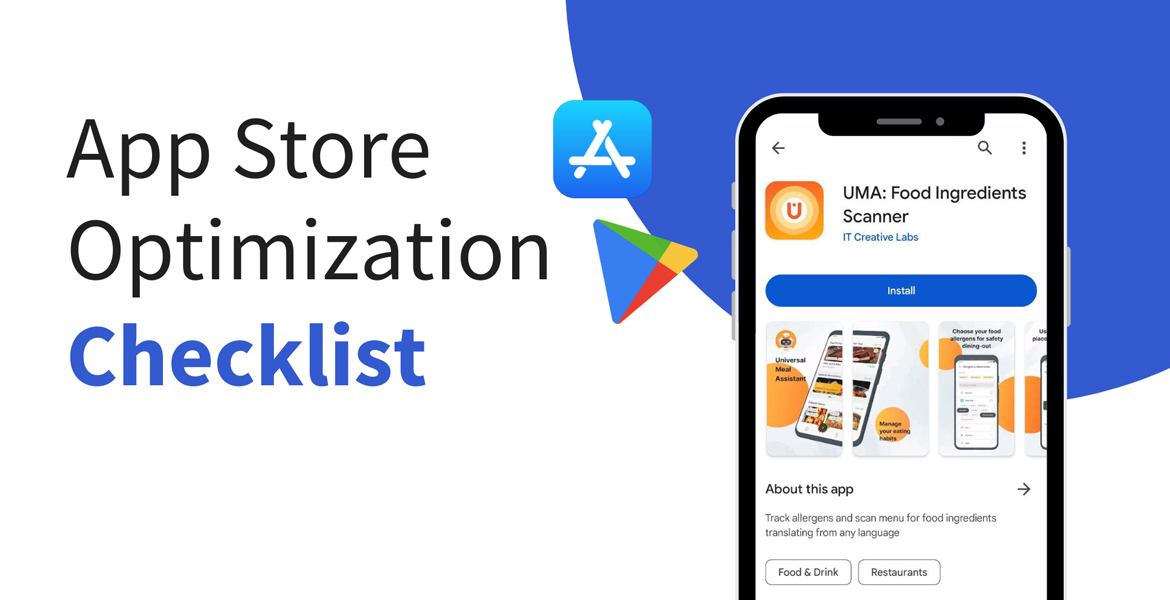
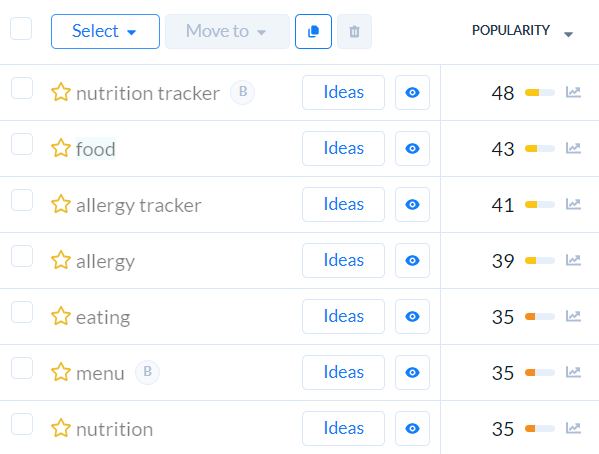
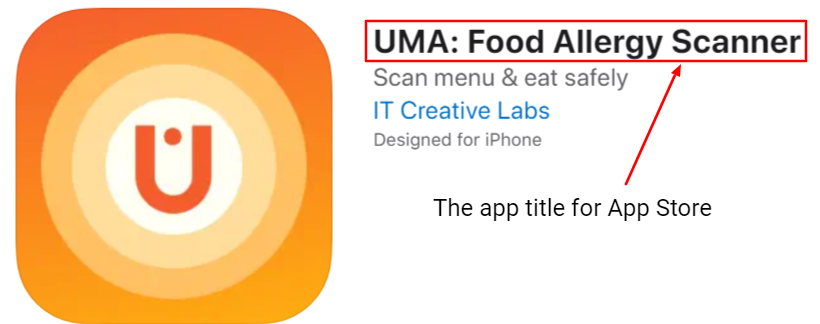
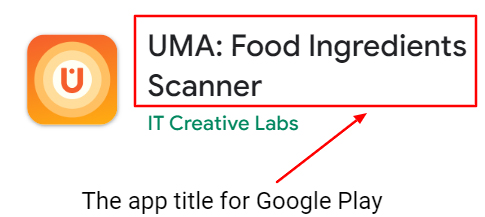


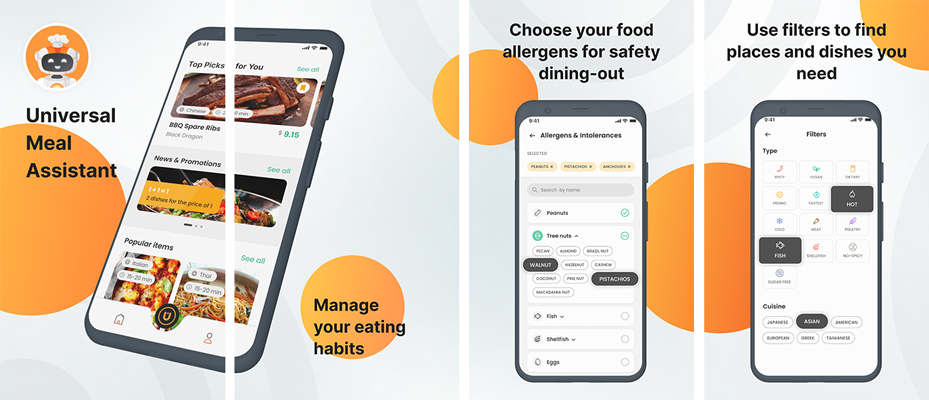




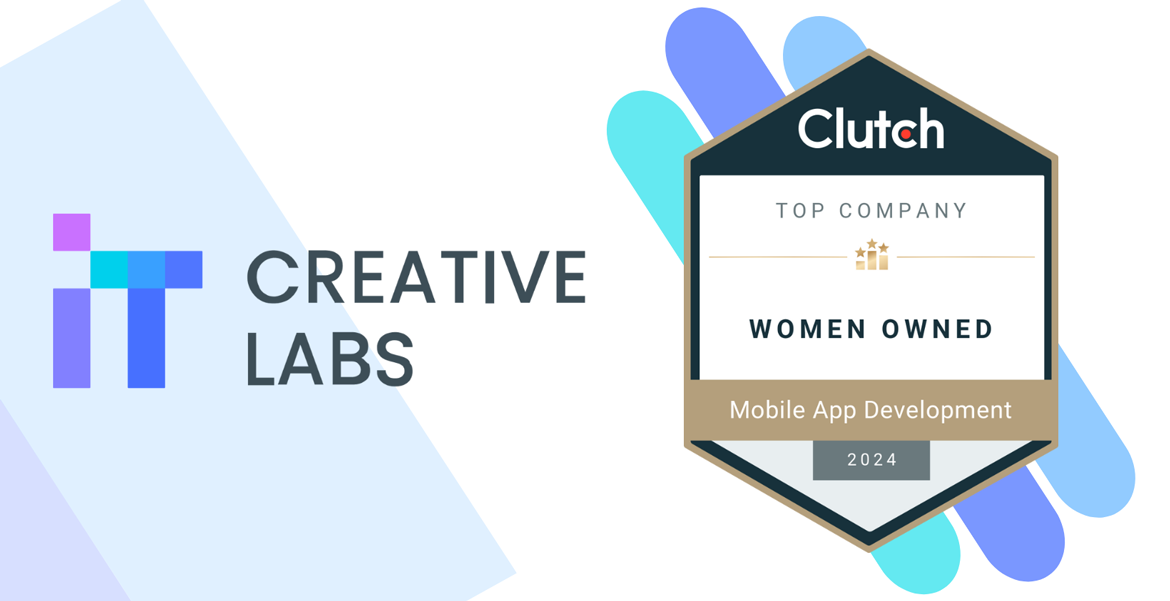

![Is WordPress Good for E-commerce? [Pros & Cons]](https://itcreativelabs.com/wp-content/uploads/2024/03/is-wordpress-good-for-e-commerce.png)
